Pohmer On: Alphabet Soup…Time to Go Back to School?
In Marketing 101, the basic tenets of marketing success are the Four P’s: Product, Price, Place and Promotion.
Product refers to the physical merchandise assortment, the breadth of what is offered to the consumer, the quality and the in-stock position. Price is the relative competitiveness of the product based on what is offered by other retailers for the same or similar product. Place is the way the product is displayed or presented to the customer. Promotion is the way we market or advertise the product to the consumer.
In past Lawn and Garden Retailer columns, I’ve suggested adding two additional P’s: Passion and People. Passion refers to the need for us to provide consumers with more relevant reasons to purchase and use the products our industry offers, sharing the love of what drives us to be in this industry. People focuses on the critical requirement to have staff that shares our commitment and drive and can provide the exceptional customer service that can be a key differentiator from the competition.
So we’ve grown from the Four P’s to the Six P’s as elements of success for retailers. But do these P’s still have the same meaning today as they did when they were identified and taught to us years ago? Let’s take a look at them again in context of today’s consumer, who is much different than the one who existed in the “old” marketplace. We can also consider the much changed retail marketplace in which we operate and consider the cultural and technological changes we live with today.
Dealing With Today’s Consumer
To set the stage for this discussion, let’s think about who the customers really are versus what they were before. Today’s consumers are more demanding, knowledgeable, discerning and more selective than ever before. They are more time starved and stressed, with more choices available to them on where to commit their time and dollars than ever before. There are also more places to make their purchases than ever before, and more information is available to them through the Internet, making them better informed. I think it’s safe to say today’s consumers are more complex than when the basic Four P’s originated, but does that make them obsolete? I think not, but we have to look at and apply them differently.
Product. In today’s world, what is the product we’re selling? Is it just physical stuff or does it go far beyond that, something more experiential in nature? Is it just an item, or is it an overriding image of the retailer, product in context of where it’s being sold and what you as a retailer stand for and communicate?
Mega retailers such as Home Depot and Wal-Mart are introducing initiatives to promote green, organic and/or sustainably produced products. I’ll give them the benefit of the doubt that they’re doing this because they are trying to make our environment a better place, but in doing so, are they really in the process of changing their overall images, going beyond selling just product and selling a lifestyle and cultural change? I think it’s safe to say the product they’re offering the consumer through these changes goes far beyond physical product and is both image and perception, something closer to experiential.
Price. Price is becoming more relative, something more akin to real and perceived comparative value. This change benefits the independent garden center if you elect to take advantage of it. Discriminating consumers who are looking for solutions and lifestyle benefit will pay more for a better experience, more satisfaction and success with their purchases, and the cache of buying from a retailer that shares the same values they have (such as being environmentally friendly).
Don’t get me wrong, there are still many that just want stuff at a low price, but are those really the customers you want to appeal to? The customer walking through your doors didn’t just happen to stop in to browse. You’re a destination retailer and that customer came to you for a reason; it’s your customer to lose if you don’t provide the solutions and value he or she seeks.
Place. Place goes beyond simple, pretty displays of product. Today it incorporates presentation and informational signing, care tags, education and more. It includes providing solutions to consumers, offering all of the component products in one place, or at least identified in the presentation, that they’ll need to complete the project and be successful with their purchases.
Place also goes beyond physical space; today it’s your presence on the Internet where people can get information both in advance of actual purchases where they pre-sell themselves, as well as for post-purchase information to help them be more successful and satisfied with their purchases.
Promotion. Promotion used to be just product advertising, usually at a reduced price. But in today’s environment, it’s morphed into total customer communication and message delivery network. In addition to media, it’s the perception created by the appearance of your store, the sign on the street, the way your parking lot is landscaped, etc. It’s the attitude and appearance of your store staff, the education seminars for sponsor to bring the latest trends and how-to’s, the public relations coverage you create when you sponsor a little league team or donate product and time to a Habitat for Humanity project that really makes you stand out.
In today’s world, anything a customer (or potential customer) sees, hears or thinks about you is either consciously or unconsciously the direct result of communications you have, or have not, actively created.
Does It Still Exist?
Are the traditional Four P’s obsolete? Not in my mind. But along with the addition of two P’s, Passion and People, they need to be looked at differently today to be relevant to today’s consumer.
That said, there are some who say the original P’s were developed when retail was company-centric and aren’t truly reflective of what we need to offer today. They believe that in today’s customer-centric marketplace, a new set of P’s should be guiding us because companies don’t control relationships, customers do.
These new-age P’s include preference (doing whatever necessary to be the retailer of choice and development of loyalty); premium price (focused on value, not price point); portion of budget (a function of relevancy of our products and your store, a.k.a. what the consumer needs and wants); and permanence of relationship (creating individual and emotional relationships with your customers). From my perspective, these are ideals and goals that result from the execution and achievements of activities, not activities themselves.
The original Four P’s were guides to activities you could implement. But like everything else, these need to change to maintain relevancy with today’s changed consumer. These traditional Four P’s plus my two additions should be guides to thinking, not just activities. And most importantly, they must be viewed from a customer’s perspective, not your own.
Learning isn’t static, it’s a continuing process that changes based on the environment in which we live and operate. To ensure continued success, we must continue to learn and update our thinking…


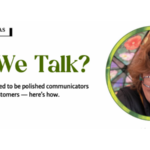



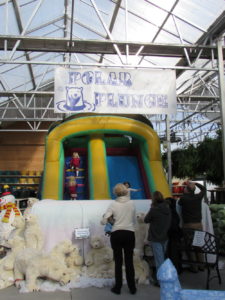
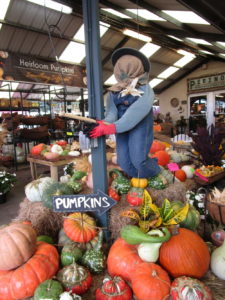

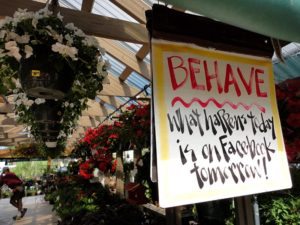
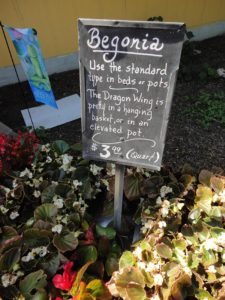



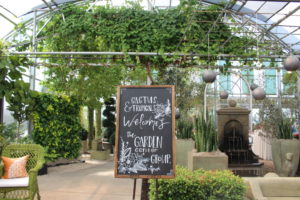



 Videos
Videos





